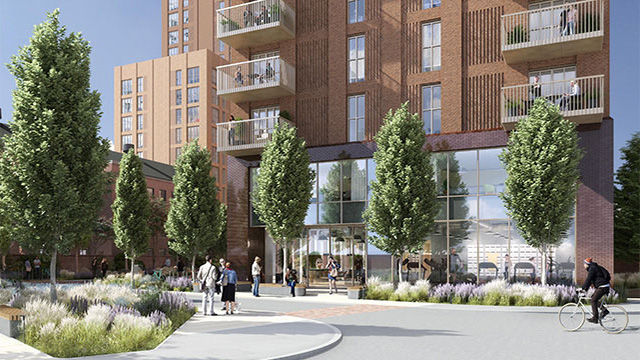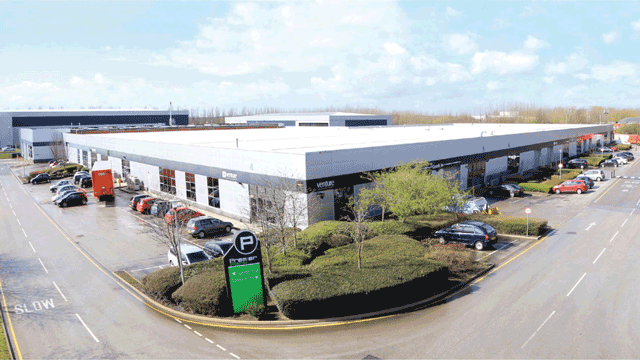Strong tenant demand, and the arrival of London Underground train services, have boosted the Docklands development
Canary Wharf Group, the quoted investment and development company behind the eponymous London Docklands office scheme, has pulled off a convincing turnaround. Four years ago, the architects’ models of future buildings looked destined to gather dust. Today, a surprising number actually have life-size counterparts under scaffolding.
From 1992 until 1995, the estate was in the hands of the creditors of the original developer, Olympia & York. It was subsequently bought back by executive chairman Paul Reichmann and a consortium of investors for £800m, a sum that compares favourably to the valuation of £2.3bn achieved at the flotation of 25% of the share capital in April 1999. The shares launched at 330p and have since risen to a high of 460p in August.
The recent increase is linked to a spate of lettings including a commitment to 65,030m2 in a yet-to-be built 30-storey tower from law firm Clifford Chance. The lawyers’ arrival also marks a broadening of the tenant base away from core financial services tenants.
The Canary Wharf estate consists of 538,820m2 of completed office and retail space with 100% occupancy, and a further 390,180m2 under construction. CWG owns 696,750m2 of the total, in an investment portfolio valued by FPDSavills at £1.97bn in the interim results of 31 December.
Rental income and service charges for the preceding half-year were £47.7m, up from £35.6m on the corresponding half year, reflecting increased occupancy and the expiry of rent-free periods. CWG says that rents on new space are running at £409 per m2, well below City levels, with lease terms of 25 years quoted and achieved.
In the past year, lettings and construction have gathered pace, thanks to the completion of London Underground’s Jubilee Line Extension, which has dramatically cut journey times to central London.
CWG’s strategy is to advance one building at a time on a speculative basis, allowing it the advantage of a market-ready product without the risk of financial over-stretching.
“If someone came into the market with a 50,000m2 requirement, we’d give a best estimate of delivering the building within 20 months. In the City or elsewhere, they would say three or even four years, depending on the planning status,” says Mike Hussey, head of leasing and marketing. All buildings on the original 1987 masterplan enjoy valid planning permission thanks to the area’s former Enterprise Zone status.
CWG’s preferred financing route is to raise construction finance on the strength of a prelet, then securitise the occupied building to release cash for the next project.
On flotation in April 1999, the Group’s plan was to finish construction of 288,000m2 in five buildings at Canary Wharf South by 2004, and complete the 325,150m2 build-out of the eastern end of the site by 2006. Hussey now estimates that this timetable has advanced, with exit dates of 2003 and 2004 respectively.
Which leaves the question of where CWG goes next? Hussey talks of returning capital to shareholders, then applying CWG’s development and construction experience to other projects. “We couldn’t create another Canary Wharf, but we’d look at sensible projects that fit well into the timescale. We don’t want to get distracted, but we’re keeping an ear to the ground.”
Canary Wharf Group
One Canada Square
London E14 5AB
Tel 44 20 7418 2000
Fax 44 20 7418 2222










